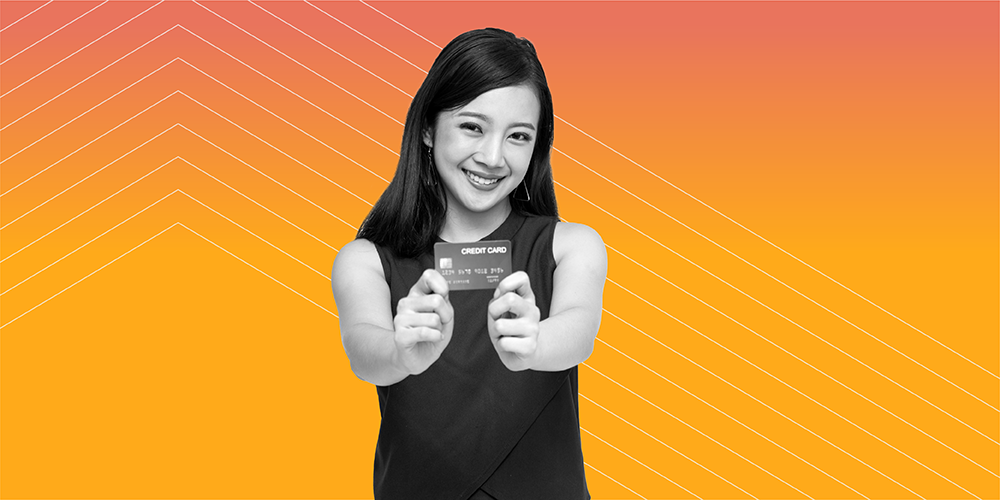What is a Cash Advance?

A cash advance is a short-term loan issued through your credit card company. It allows a consumer to use available credit to borrow cash. The borrowers repays the loan with interest and fees.
A cash advance takes money from your remaining credit card limit. Your credit card company will determine the limit for a cash advance, which will be a portion of your credit card limit. Any credit card user with an available cash credit line on a card can take out a cash advance until they hit their limit.
Credit card users who take out cash advances may use them to pay their debts, including credit card debt on a different card.
How does a cash advance loan work?
When you take out a cash advance, the credit card company doesn’t check or verify your credit score, as the money you borrow is coming from your credit card account. Credit card users withdraw the amount of cash they need, and the amount is charged to their credit card limit.
Cash advances work similarly to installment loans, as they give you a lump sum of money, but they’re not the same. Cash advances don’t have a set end date or a particular monthly payment. They have more flexible repayment terms, as they can be repaid at the borrower’s preference.
The cost of a cash advance (terms and fees)
Cash advance loans are associated with two expenses: upfront fees and interest. Annual Percentage Rates (APRs) for cash advances are higher than regular purchases on your credit card. Interest starts accruing as soon as you take out the loan and continues until you pay it back.
Cash advances do not come with the same interest-free grace period as regular credit card transactions. Interest starts accruing immediately on cash advance transactions, while the terms of the credit card will determine when interest will start to accrue on those purchases.
Every credit card company charges a different APR. As of April 2023, the average cash advance APR is 24.97%. The cardholder agreement you signed with your credit card issuer should detail the specific costs associated with one.
Along with interest, cash advances also have transaction fees attached to them. In 2023, the average cash advance fee was commonly 5% of the loan or $10, whichever was greater. The Bureau also reported those with lower credit scores paid more in cash advance fees.
Are cash advance loans safe?
Cash advances don’t require collateral like auto title loans. Your assets won’t be repossessed if you default on the loan.
Cash advances may be pricier compared to other alternative loan options. Interest starts accruing immediately after you take the money out. It’s best to be prepared with a strategy to pay back a cash advance quickly to not accumulate lots of interest. The sooner you pay back the loan, the less interest will pile on and the less you’ll have to pay.
If you already have credit card debt, cash advances can worsen your financial situation by adding to your debt. Any money you pay your credit card company will first go towards paying down your credit card balance, not the cash advance balance. You’ll need to pay off the entire credit card balance first before you can start making payments on the cash advance loan.
Are cash advances bad?
Cash advances are a type of loan commonly used by people with liquidity problems. They often come with fees and high-interest rates. They can give you money relatively quickly, but they come with a cost.
Cash advances have the potential to negatively impact your credit score, depending on how much you borrow. When you take out a cash advance loan, you’re increasing your credit utilization by adding more to your credit card balance.
The Fair Isaac Corporation, which determines your FICO score, suggests your credit utilization should be below 30% of your credit card limit to maintain or improve your credit score. For example, if you have a monthly credit card limit of $2,000, you should only have a $600 balance.
Is a cash advance the same as a payday loan?
It’s common for payday lenders to use the term “cash advance” when referring to their loans. A credit card cash advance and a cash advance issued by a payday lender are two different types of loans. Payday loans generally range from $50-$1,000 and have triple-digit interest rates. The loan terms for a payday loan are much shorter than a credit card cash advance, as they need to be paid back by your next payday.
How are cash advances different from credit card transactions?
Cash advances are not the same as credit card transactions even though you use a credit card to take one out. They are more expensive than regular charges on your credit card, and come with higher interest rates than normal transactions.
When you use your credit card to make a purchase, there is a grace period in which you don’t have to pay interest. Cash advances do not come with a 30-day interest-free period; interest charges begin accruing immediately on the loan.
Cash advances also don’t earn you points or rewards, a perk that many credit cards offer when you make a purchase.
Additionally, using your credit card to withdraw money is not the same as using your debit card to withdraw cash. When you withdraw cash with a debit card, it’s money that already belongs to you, while a cash advance is not money from your bank account.
Where can you get a cash advance?
Consumers have several different options to take out a cash advance:
In person at your financial institution
Your bank or credit union can give you the funds for the loan.
ATM withdrawals
If you use an ATM for a cash advance, you’ll need to set up a PIN with your credit card company beforehand. Insert your credit card into the ATM and select the amount of money you wish to withdraw, up to your credit limit. You may be subject to ATM fees.
Convenience checks
Fill out a convenience check as you would a normal check, and then cash or deposit it at your financial institution.
6 alternatives to a cash advance
A cash advance loan is one way to receive short-term financial relief if you have limited choices. It’s best to research different lending options to determine which is best for your financial situation. Every loan has its pros and cons. Here are six alternatives:
-
Personal installment loans
If you need cash quickly, some personal loans can be funded on the same business day. Depending on your credit score, the APR on a personal loan could be lower than a cash advance. Personal loans are available from online lenders, banks, credit unions, and other financial institutions.
-
Borrowing money from family or friend
For some people, it can be difficult to have transparent conversations about money, but if you’re in a tight spot, asking a family member or friend for money could be an option. To maintain the relationship, it’s best to commit to repaying this person in a mutually agreed upon time period.
-
Credit cards
If you have an emergency expense, you may be able to charge it to your credit card instead of receiving a cash advance. Check your available credit limit to see if you’re able to pay with a credit card; you’ll avoid the higher interest rates and fees that come with a cash advance.
-
Credit union payday alternative loans
It’s required to be a member of a federal credit union to receive a credit union payday alternative loan. These loans can be paid off in monthly installments and have an interest cap of 28%.
-
Car title loans
Car title loans use your car, truck, or motorcycle as collateral for a short-term loan, usually for 30 days. You’ll also pay a fee to initiate the loan. If you default on the loan, the lender can repossess your vehicle or the loan can roll over. However, if you roll over a loan, it will probably be subject to additional interest and fees.
-
Payday loans
Payday loans are short-term loans meant to be paid off by your next pay period. Interest rates for payday loans can be as high as 400%. These loans can be fairly expensive, especially if you roll over the loan.
Please note the below article contains links to external sites outside of OppU and Opportunity Financial, LLC. These sources, while vetted, are not affiliated with OppU. If you click on any of the links you will be sent to an external site with different terms and conditions that may differ from OppU’s policies. We recommend you do your own research before engaging in any products or services listed below. OppU is not a subject matter expert, nor does it assume responsibility if you decide to engage with any of these products or services.




